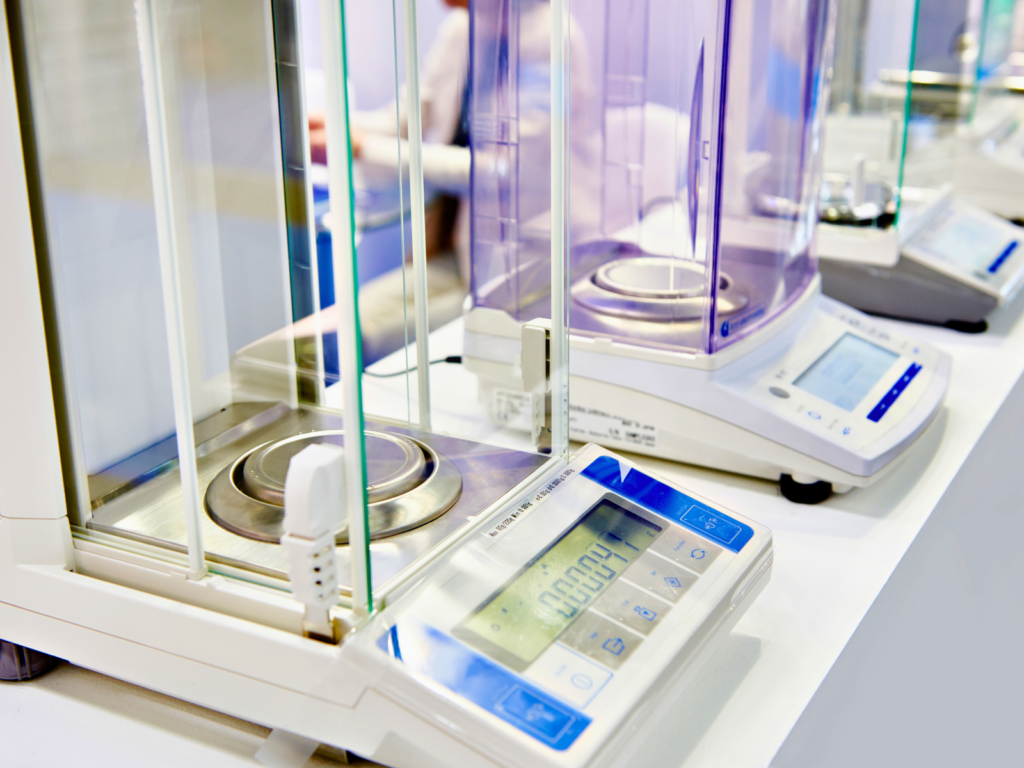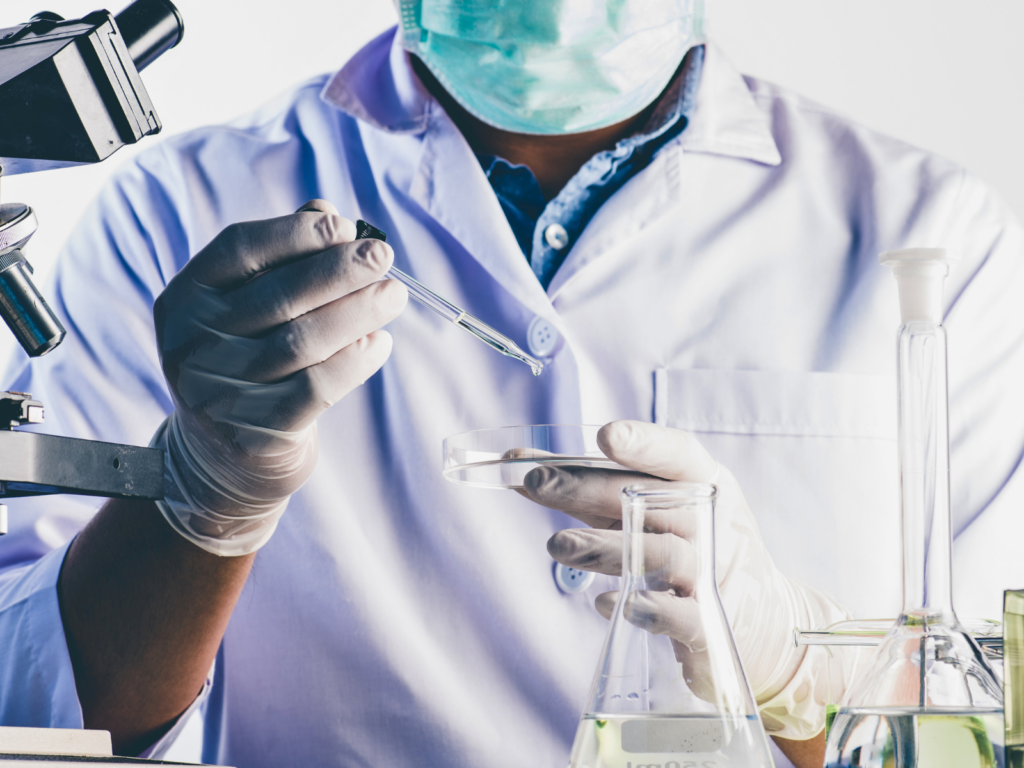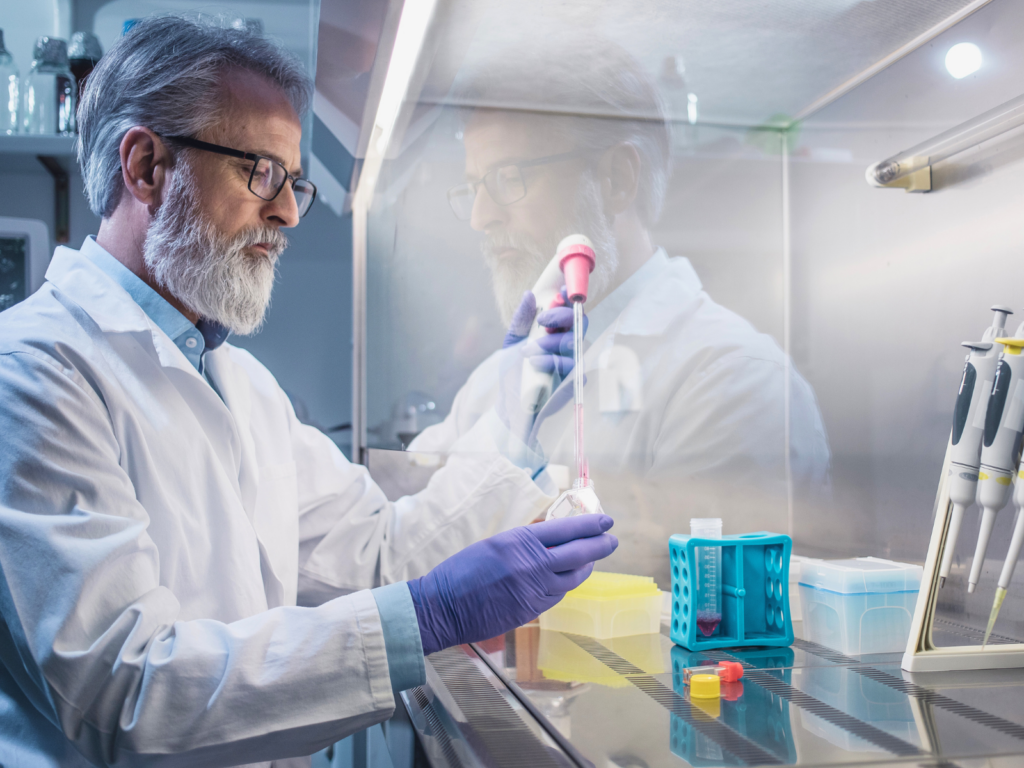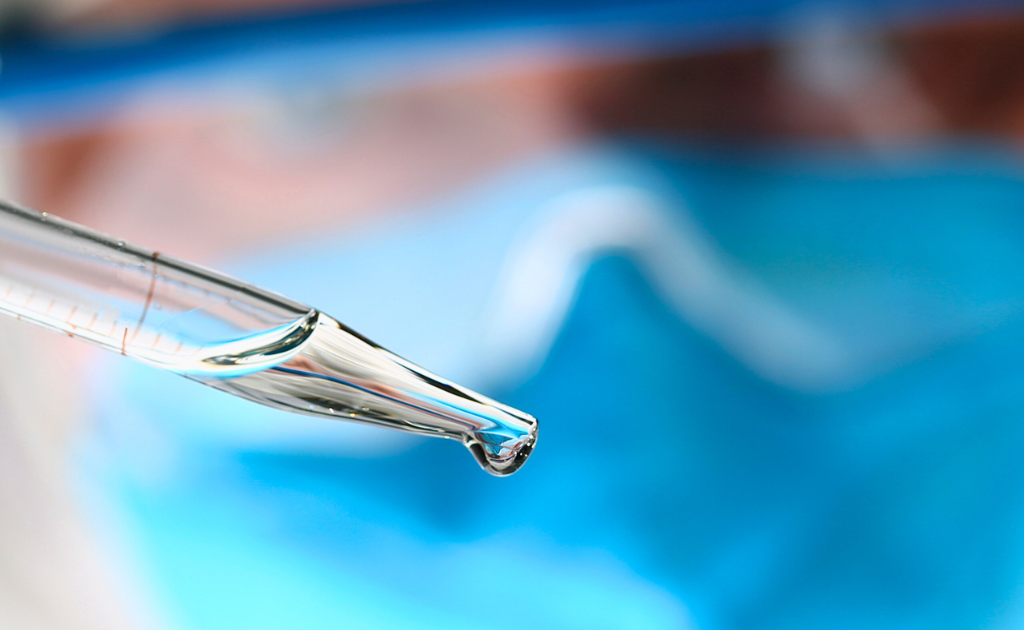We have highlighted questions and answers that may be of concern to you during our next certification visit. Two very important items are shown here:
Question 19
- Is the C‐PEC used for sterile compounding required to be exhausted to the outside or can the CPEC be re‐circulated into the negative pressure C‐SEC which is exhausted to the outside of the building?
- The Chapter requires that all C‐PECs used for manipulation of sterile HDs must be externally vented. Sterile HD compounding must be performed in a C‐PEC that provides an ISO Class 5 or better air quality, such as a Class II or III biological safety cabinet (BSC) or compounding aseptic containment isolator (CACI). Class II BSC types A2, B1, or B2 are acceptable. C‐PECs used for pre‐sterilization procedures such as weighing and mixing must be either externally vented (preferred) or have redundant–HEPA filters in series and must provide personnel and environmental protection, such as a Class I BSC or Containment Ventilated Enclosure (CVE). A Class II BSC or a CACI may also be used.
- All hazardous drugs shall be prepared in a BSC3 or a CACI that meets or exceeds the standards for CACI in this chapter. The ISO Class 5 (reference attached) BSC or CACI shall be placed in an ISO Class 7 (reference attached) area that is physically separated (i.e., a different area from other preparation areas) and optimally has not less than 0.01‐inch water column negative pressure to adjacent positive pressure ISO Class 7 (see Table 1) or better ante‐areas, thus providing inward airflow to contain any airborne drug. A pressure indicator shall be installed that can be readily monitored for correct room pressurization. The BSC and CACI optimally should be 100% vented to the outside air through HEPA filtration.
Questions 32 and 33
- Environmental wipe sampling. Although not required by USP <800>, it is recommended to confirm containment of hazardous compounds. If you are concerned with the ability of your cabinet to contain hazardous components, Allometrics can provide you with wipe sampling kits for the analysis of possible contaminants.
Please also see these excerpts from the USP <800> guidelines.
To request an estimate for a preliminary visit, new compliant units or wipe Sampling Kits, you may send your inquiry to sales@allometrics.com or call us at 281‐474‐3329.





